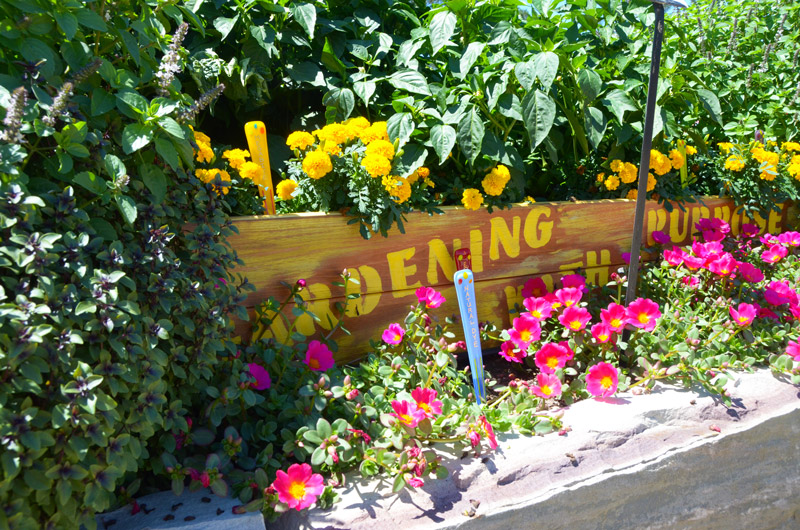Hilton Head Landscapes Fundamentals Explained
Hilton Head Landscapes Fundamentals Explained
Blog Article
The smart Trick of Hilton Head Landscapes That Nobody is Talking About
Table of ContentsHilton Head Landscapes - QuestionsSome Known Incorrect Statements About Hilton Head Landscapes The Best Guide To Hilton Head LandscapesNot known Facts About Hilton Head Landscapes9 Easy Facts About Hilton Head Landscapes DescribedHow Hilton Head Landscapes can Save You Time, Stress, and Money.All About Hilton Head Landscapes
Line produces all kinds and patterns and can be utilized in a variety of methods the landscape. Line in the landscape is created by the side between 2 materials, the overview or shape of a form, or a lengthy direct function. Lines are a powerful device for the designer due to the fact that they can be utilized to develop a limitless variety of shapes and kinds, and they control motion of the eye and the body.

Lines in the landscape. The residential or commercial properties of lines figure out exactly how individuals respond to the landscape, both mentally and physically.
The Best Guide To Hilton Head Landscapes
Straight lines are most typically located in hardscape sides and material. Rounded lines develop a casual, natural, kicked back character that is linked a lot more with nature and unbalanced equilibrium. Curved lines move the eye at a slower pace and add enigma to the area by producing concealed sights. Upright lines relocate the eye up, making a space really feel bigger.
Vertical lines in the landscape consist of high, slim plant product, such as trees, or tall frameworks, such as an arbor or a bird residence on a pole. Straight lines relocate the eye along the ground airplane and can make a space really feel bigger. Reduced lines are a lot more suppressed and develop a sensation of remainder or repose.
The Definitive Guide for Hilton Head Landscapes
Low lines are developed by low garden wall surfaces, pathways, and brief hedges. Lines are utilized to draw kinds on a strategy. In plan sight, they specify plant beds and hardscape locations. Lines are also developed by the vertical forms of developed features and plant product. There are three key line types that develop form in the landscape: bedlines, hardscape lines, and plant lines.
Bedlines link plant product to your house and hardscape due to the fact that the eye complies with the line, moving the stare through the landscape. Hardscape lines are developed by the edge of the hardscape, which defines the built framework. Line can additionally be produced by lengthy and slim materials, such as a fencing or wall.
The 5-Second Trick For Hilton Head Landscapes
Type is found in both hardscape and plants, and it is usually the leading visual aspect that spatially arranges the landscape and usually determines the design of the yard. The kind of structures, plant beds, and garden ornaments likewise establishes the overall form theme of the yard. Formal, geometric forms include circles, squares, and polygons.
Plants create form in the yard through their describes or silhouettes, however type can likewise be defined by a void or unfavorable area between plants - landscapers in bluffton sc (https://4vgontca9bh.typeform.com/to/NcH3QMx6). Circles can be complete circles, or they can be divided right into half circles or circle sections and integrated with lines to create arcs and tangents
Things about Hilton Head Landscapes
Circles are a strong style type because the eye is always attracted to the center, which can be made use of to emphasize a focal point or link various other forms. Round types in hardscape and grass panels.
The square content type can also be fractional and used repetitively to create a grid pattern. Unlike circles, squares are more powerful on the edges, which can be lined up or overlapped to produce unique patterns and more complicated kinds. Polygons are many-sided kinds with straight sides. Triangulars, as an example, are three-sided polygons.
Twisting lines often simulate the all-natural course of rivers or streams and can be referred to as smooth lines with deeply rounded wavinesses. Twisting lines (Figure 3) work well for paths, plant bedlines, and completely dry stream beds. Twisting lines can add passion and mystery to a garden by leading viewers around edges to discover new sights and spaces.
Things about Hilton Head Landscapes

Typical plant types are well developed and standardized, as kind is the most consistent and identifiable characteristic of plants. Kind can likewise be created via the massing of plants, where the general mass creates a different type than an individual plant.
A highly different kind should be utilized with careone or 2 job well as a prime focus, but way too many wreak havoc. Natural plant kinds, as opposed to over-trimmed forms, must establish the bulk of the structure. The importance of overall type is basically based on the viewing perspectivethe form of a tree can appear fairly different to an individual standing under the canopy versus viewing the tree from a distance in an open area.
A Biased View of Hilton Head Landscapes
Plant types additionally create and define the space or open areas in between the plants, producing either convex or scooped kinds in deep spaces. High-arching tree branches generally produce a concave open space under the branches, and a round canopy with low branches fills the space to create a convex form in the open area under the tree.

Report this page